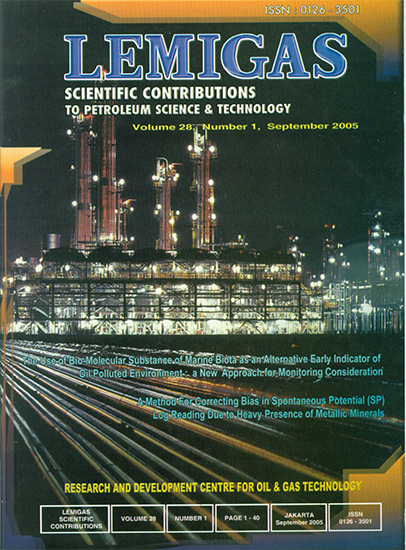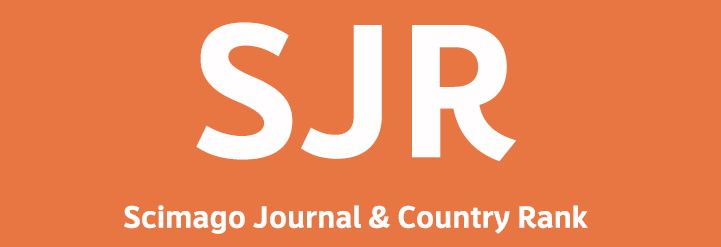Selective Hydrocracking Of Heavy Distillate To High Viscosity Index Lube Base Stock By Using Bi-Functional Catalysts
DOI:
https://doi.org/10.29017/SCOG.28.1.869Keywords:
hydrocracking function, hydrogen, petroleumAbstract
Hydroprocessing is the catalytic reaction of hydrogen with petroleum or other hydrocarbon materials. It may be carried out for a variety of objectives, including: saturation of olefins or aromaties, molecular rearrangement, or removal of impurity (1).
Selective hydrocracking is one of this hydroprocessing to convert higherboiling distillate to lube base stock using a bi-functional catalyst containing both acid site and metal site. Those two active sites of bi-functional catalyst should promote the correct combination of hydrogenation, isomerization and limited hydrocracking function, resulting in the maximum yield of product in the lube oil range (2). The kinetics of this selective hydrocracking greatly depends on the operating conditions: such as feedstock composition, type of catalyst, temperature, pressure, hydrogen to hydrocarbon ratio, and space velocity (6).
The versatility of the hydroconversion process with respect to the variety of feedstock are case to study: i.e. the feasibility of the hydroconversion of obtaining lube base stock from heavy distillate.In order to gain more information, an experiment has been carried out to study the selective hydrocracking of vacuum distillate (paraffinic and non paraffinic) by using bifunctional catalysts with various acidity at the following operating conditions: temperature: from 380 to 410 ° C, pressure: 100 kg/cm2 and hydrogen to hydrocarbon ratio: 1000 l/lt. A catatest unit operated in a continuous system was used in this experiment.
Gas and liquid product samples were taken from gas and liquid samples, respectively. Liquid product was fractionated to get the following cuts: IBP-380°C and>380°C with 30 theoretical plate fractionator, operating at 4/1 reflux ratio. The >380°C bottom product was treated by dewaxing, using methylisobutyl ketone as a solvent to obtain the lube base stock and wax.
References
Bennet et al., 1972, Hydrocracking for midlle distillate, Am. Chem. Soc. New York Meeting, Au- gust 2 – Sept. 1, 645-662.
Beuther H.,et al., 1967, Catalyst Hidrocracking, Am. Chem. Soc, Chicago Meeting, Sept. 3-5, A. 75- A. 90.
Breimen, F. et al., 1957, Journal of the Institute of petroleum, 43, (405), 207-300, Nov.
Condradt, HL, and Garwood, WE, 1961, The Mechanism of Hidrocracking, paper at the 140th Meeting of Am. Chem. Soc.,Chicago, paper No. 50, Sept.
Nasution, AS, 1984, Influence of the Catalyst Acidity on the Hydrocracking of Minas Vacuum Distillate into Midlle Distilate, paper at 8 th International Congress on Catalysis, Bonn, West Germany, July 2-6.
Downloads
Issue
Section
License
Copyright (c) 1970 SCIENTIFIC CONTRIBUTIONS OIL AND GAS (SCOG)

This work is licensed under a Creative Commons Attribution 4.0 International License.
Authors are free to Share — copy and redistribute the material in any medium or format for any purpose, even commercially Adapt — remix, transform, and build upon the material for any purpose, even commercially.
The licensor cannot revoke these freedoms as long as you follow the license terms, under the following terms Attribution — You must give appropriate credit , provide a link to the license, and indicate if changes were made . You may do so in any reasonable manner, but not in any way that suggests the licensor endorses you or your use.
No additional restrictions — You may not apply legal terms or technological measures that legally restrict others from doing anything the license permits.














